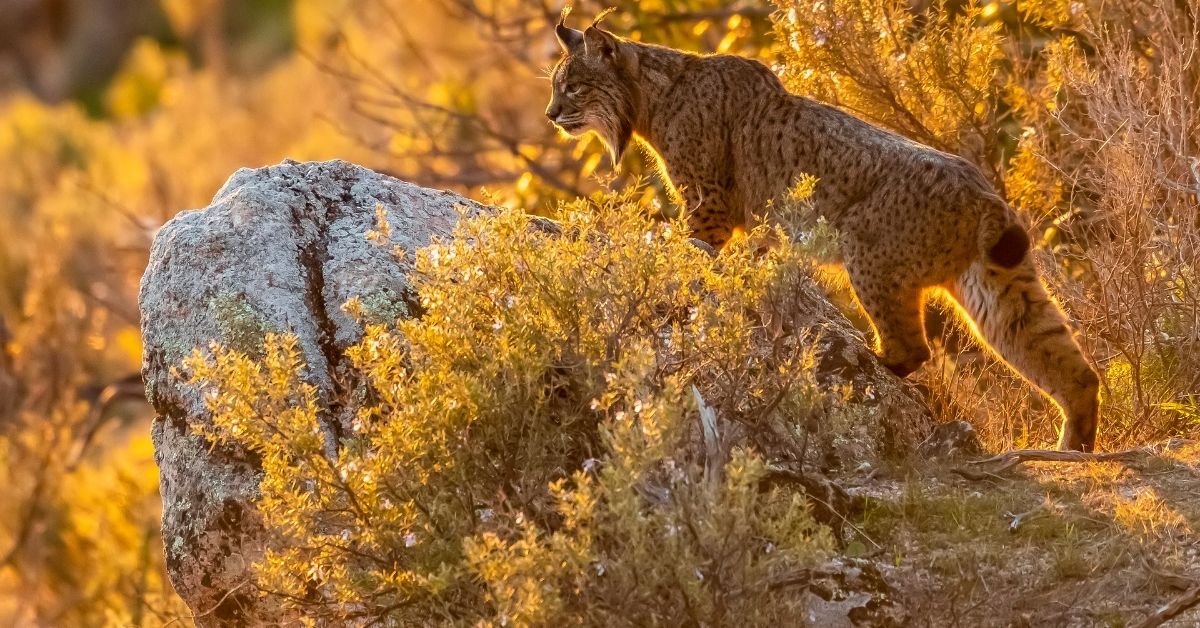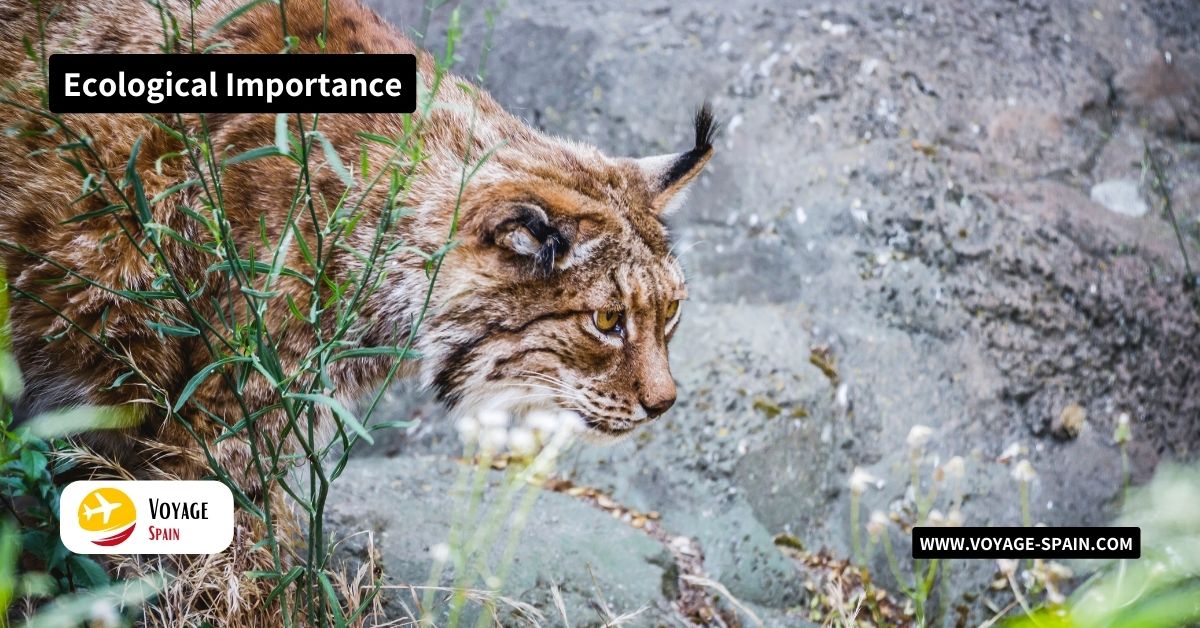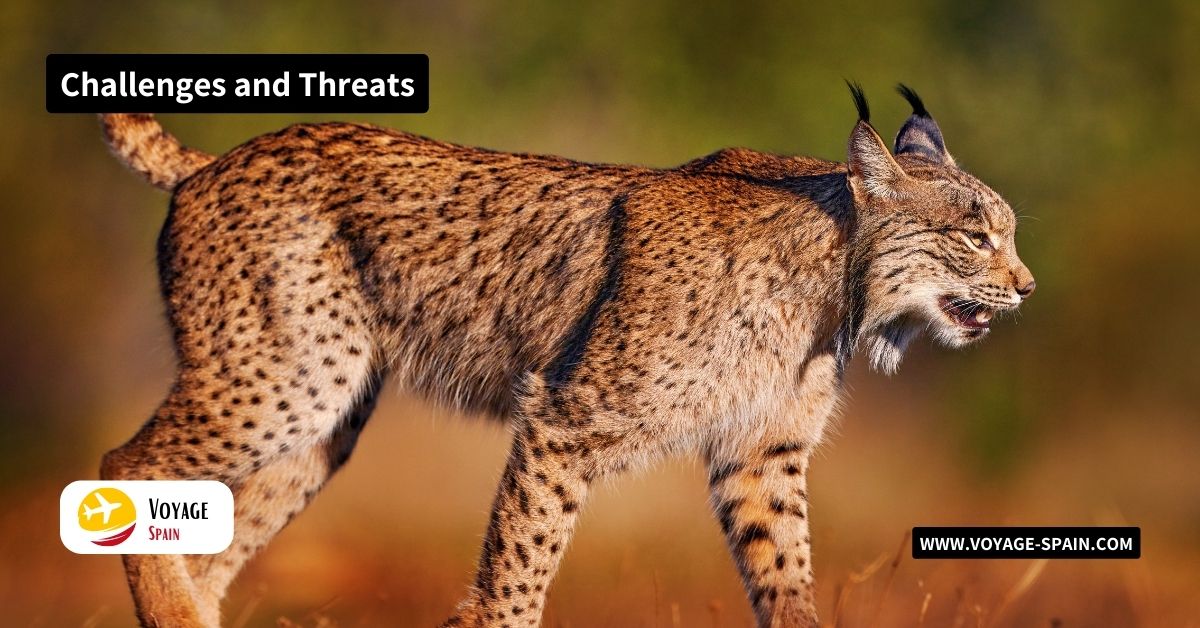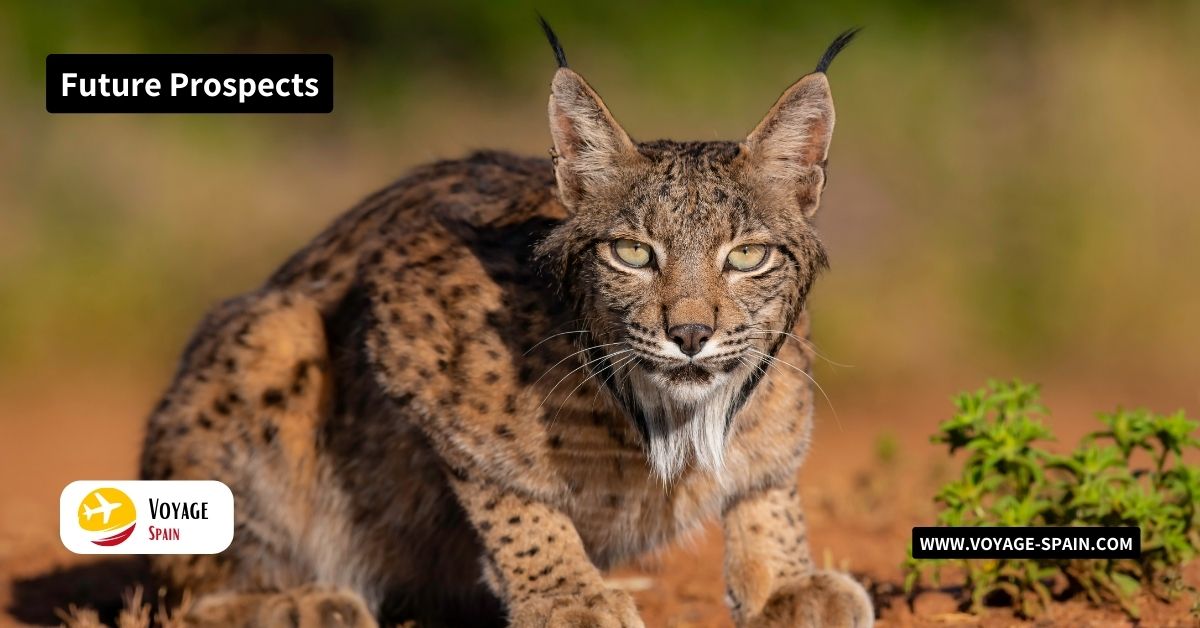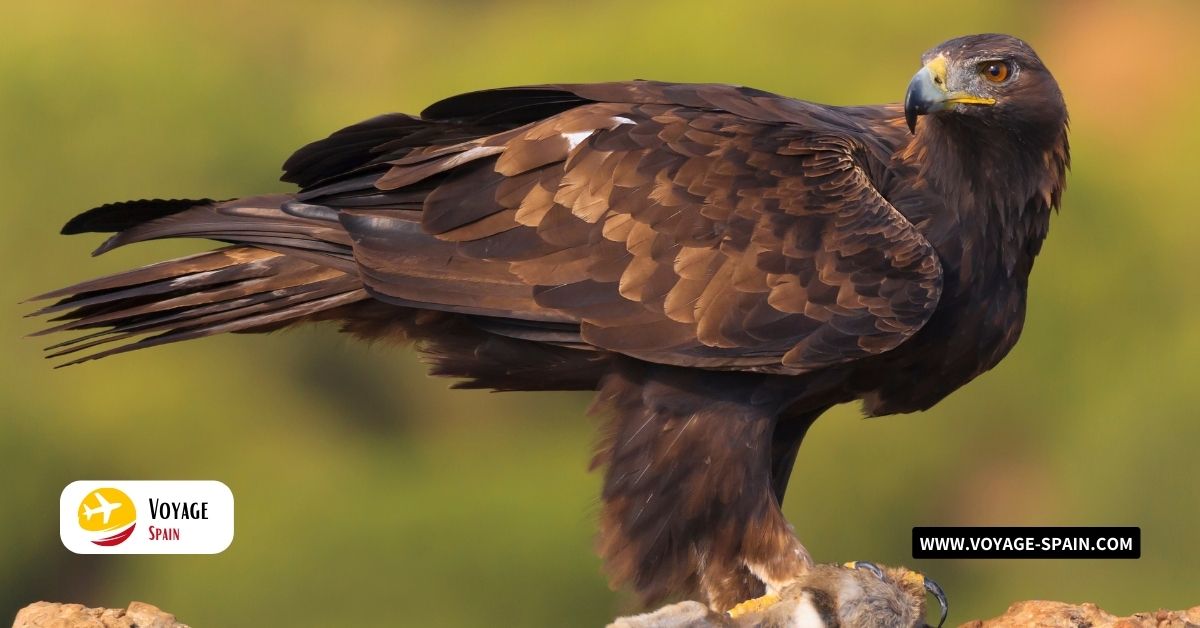Background Information
This lithe predator is the living embodiment of the Iberian Peninsula’s natural heritage. It’s a species that has weathered the tumultuous tides of time, surviving against the odds in a landscape increasingly dominated by human activity. The Lynx’s presence in the ecosystem is like the missing piece in an intricate puzzle—keeping herbivore populations in check and ensuring the health of the region’s ecosystems.
This wild cat reigns supreme in the southwestern corner of Europe, primarily Spain and Portugal. But don’t expect a Lynx parade; they’re incredibly picky about their real estate. These stealthy creatures are all about quality over quantity when it comes to habitat. They thrive in Mediterranean woodlands and grasslands, making the most of the rabbit-rich countryside.
We’re dealing with one of the world’s most endangered big cats here. The Lynx isn’t just a rarity; it’s a full-fledged conservation emergency. With just a handful of them prowling the Iberian Peninsula, it’s like searching for a needle in a haystack, except the haystack is the size of a small country. The Lynx’s endangered status isn’t just about its charisma; it’s about the fragility of our planet’s biodiversity.
Ecological Importance
Dive deep into the wild world of the Iberian Lynx and its starring role in its ecosystem. Think of them as the bouncers of the bunny club. With their keen hunting skills and stealthy ways, they’re a rabbit’s worst nightmare but an ecosystem’s best friend. By nibbling away at the rabbit buffet, the Lynx ensures these fuzzy herbivores don’t go all-you-can-eat and devour the landscape.
Lynxes don’t just munch on rabbits for fun; they’re a vital piece in the jigsaw puzzle of the food web. When Lynx populations thrive, rabbit populations get a gentle reality check, which means less bunny munching on plants. With fewer rabbit chow-downs, the plants get a break, allowing them to flourish and provide homes and food for other critters like insects and birds.
Conservation Efforts
We’re here to talk about the incredible conservation initiatives that are pulling out all the stops to save the Iberian Lynx from the brink of extinction.
- Breeding and Release: Matchmaking for Lynxes, followed by releasing them into the wild.
- Habitat Makeover: Restoring Lynx habitats through tree planting and landscape management.
- Anti-Poaching Vigilance: Crackdown on illegal hunting and trading.
- Community Engagement: Locals adopting Lynx-friendly farming practices and creating safe havens.
- Government Support: Protected areas and laws to safeguard Lynx habitats and prey.
Challenges and Threats
Time to face the harsh realities of the Lynx’s world, folks. While the Iberian Lynx might be a survival champ, it’s not all sunshine and rainbows out there. Here are some of the ongoing challenges and potential threats that this wild feline has to contend with:
- Habitat Loss: As urban areas expand and agriculture encroaches on Lynx turf, their once-spacious homes are shrinking. It’s like trying to fit a Lynx-sized puzzle piece into a shrinking jigsaw.
- Climate Change: The weather’s getting weirder, and that’s no joke for the Lynx. Shifts in climate can mess with prey populations and make it harder for these cats to find a square meal.
- Road Hazards: Lynxes don’t have driver’s licenses, but they’re crossing roads all the time. With more traffic on the prowl, collisions are a real concern.
- Disease: Just like us, Lynxes can catch some nasty bugs. Diseases like feline leukemia and feline immunodeficiency virus are lurking threats.
- Genetic Bottleneck: With so few Lynxes left in the wild, inbreeding is a worry. Limited genetic diversity can lead to health issues and weaken the population.
- Human Activity: Illegal hunting, habitat destruction, and pollution are a triple threat that Lynxes have to dodge.
Future Prospects
The Lynx isn’t going down without a fight. Thanks to the dedicated efforts of conservationists, we’re seeing a glimmer of hope. Breeding and release programs are steadily increasing Lynx numbers, and habitat restoration projects are making the wild a more Lynx-friendly place. With continued vigilance against poaching and strong governmental support, the Lynx’s future looks brighter than ever.
Challenges like habitat loss and climate change aren’t going anywhere. However, scientists are on the case, conducting ongoing research to better understand these threats and how they impact Lynx populations. With this knowledge, conservationists can adapt their strategies to give these wildcats the best shot at survival.
Conclusion
The Iberian Lynx, with its captivating charisma and vital role in its ecosystem, is a true conservation icon. We’ve uncovered the challenges this stealthy feline faces, from habitat loss to the ever-changing climate, but we’ve also seen the glimmers of hope—breeding programs, habitat restoration, and dedicated research.
FAQs
What is the ecology of the Iberian lynx?
The Iberian lynx is a carnivorous predator found in Spain and Portugal. It mainly preys on rabbits and inhabits Mediterranean woodlands and grasslands.
What happened to the Iberian lynx?
The Iberian lynx faced near-extinction due to habitat loss, poaching, and a decline in its primary prey, the European rabbit.
What is the meaning of Iberian lynx?
“Iberian lynx” refers to a lynx species found in the Iberian Peninsula, primarily in Spain and Portugal.
What is the largest lynx in the world?
The Eurasian lynx holds the title of the largest lynx species globally, surpassing the Iberian lynx in size.
Are lynx extinct?
No, not all lynx species are extinct. Several, including the Iberian lynx, Eurasian lynx, and Canadian lynx, still exist.
Is the Iberian lynx a predator?
Yes, the Iberian lynx is a carnivorous predator, primarily preying on small mammals like rabbits.

